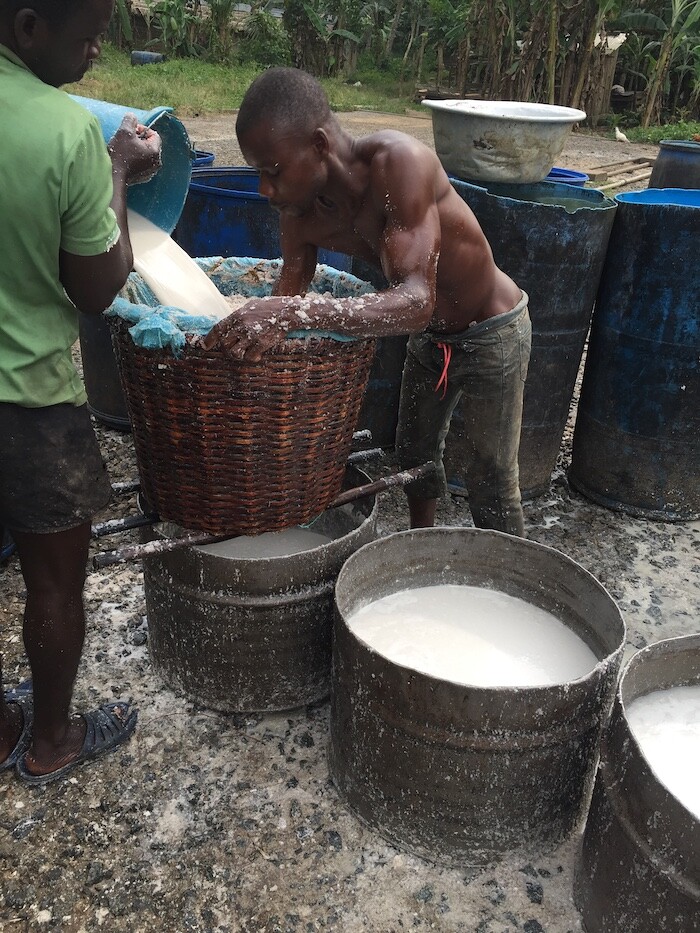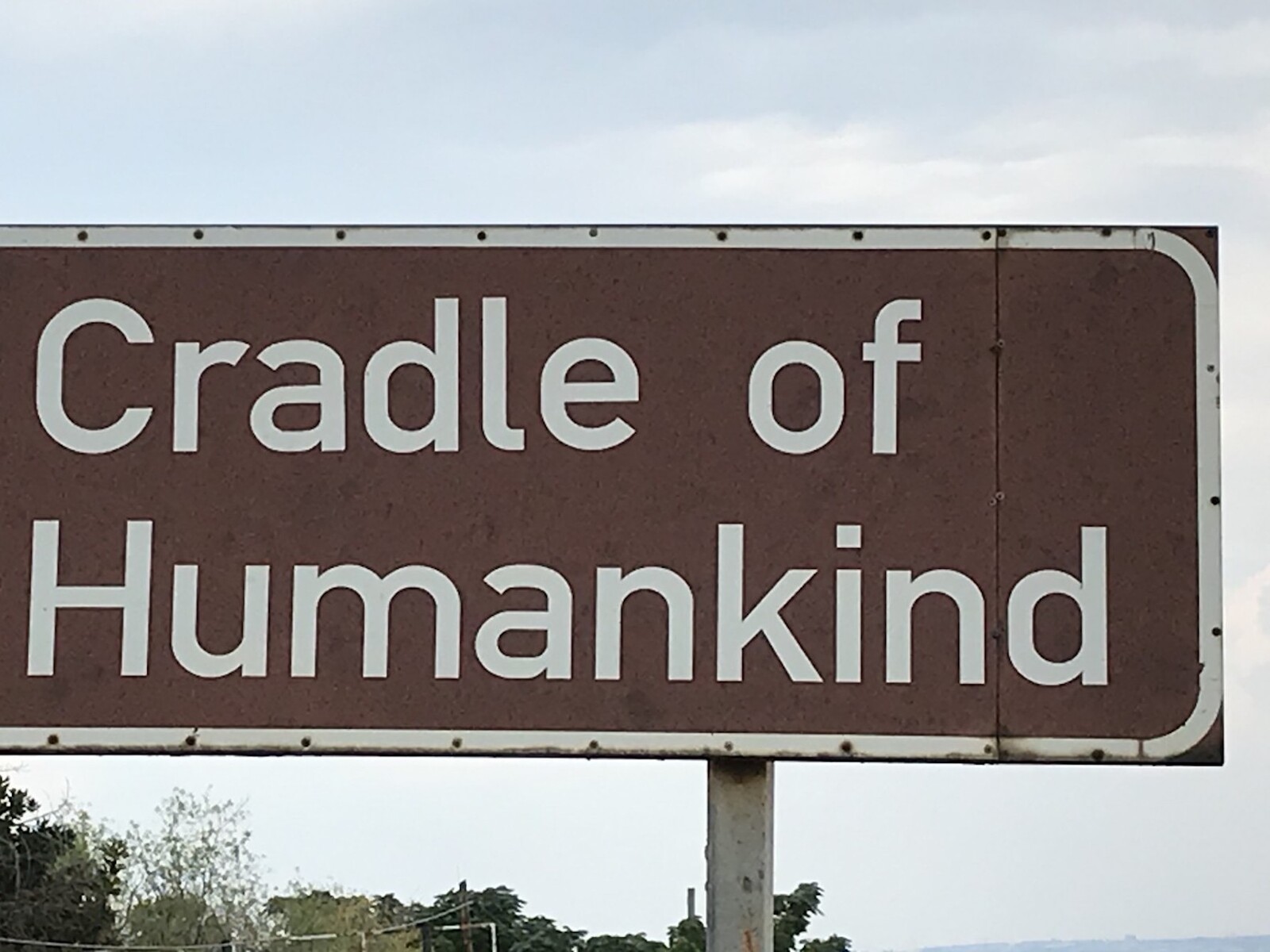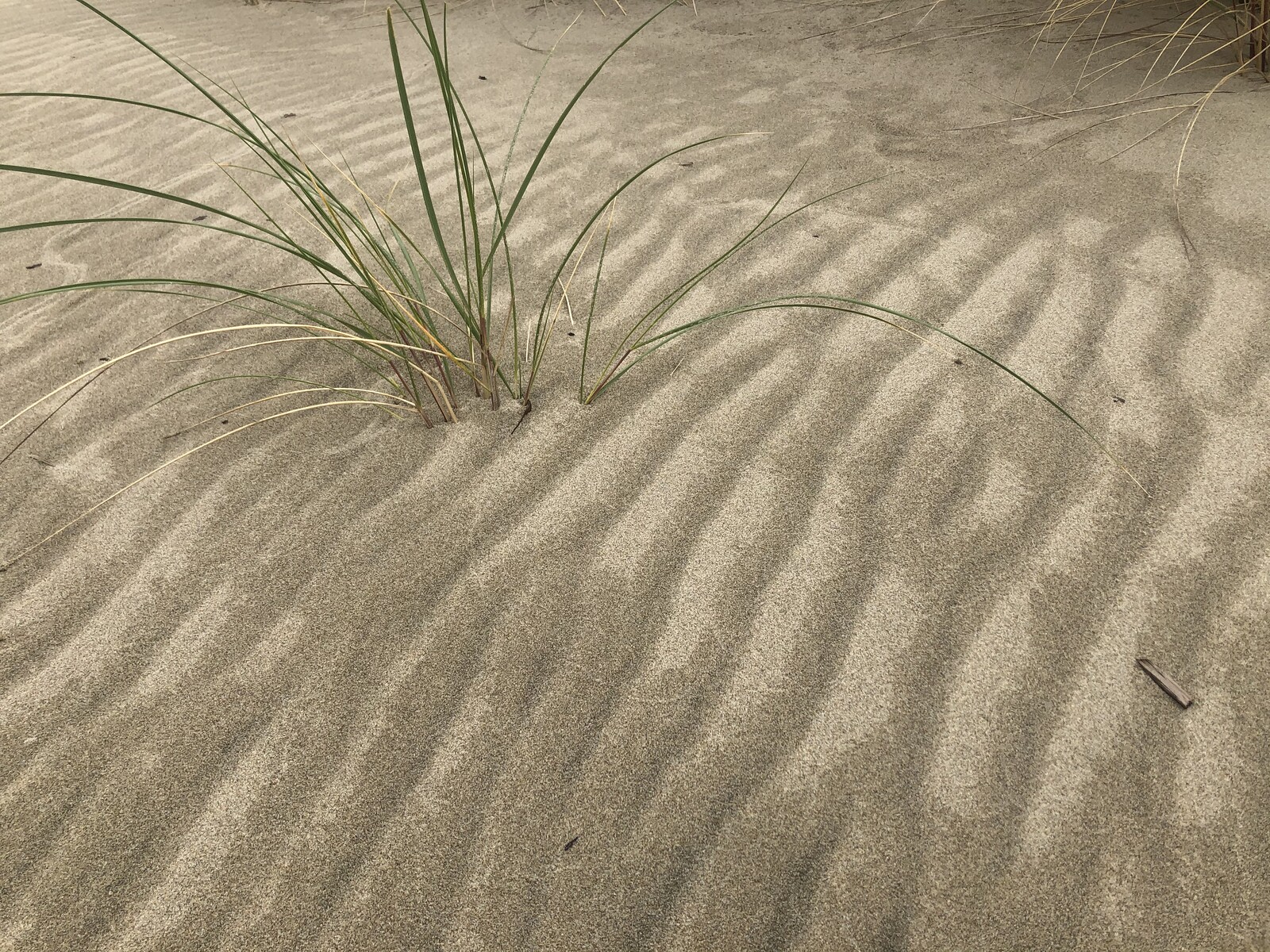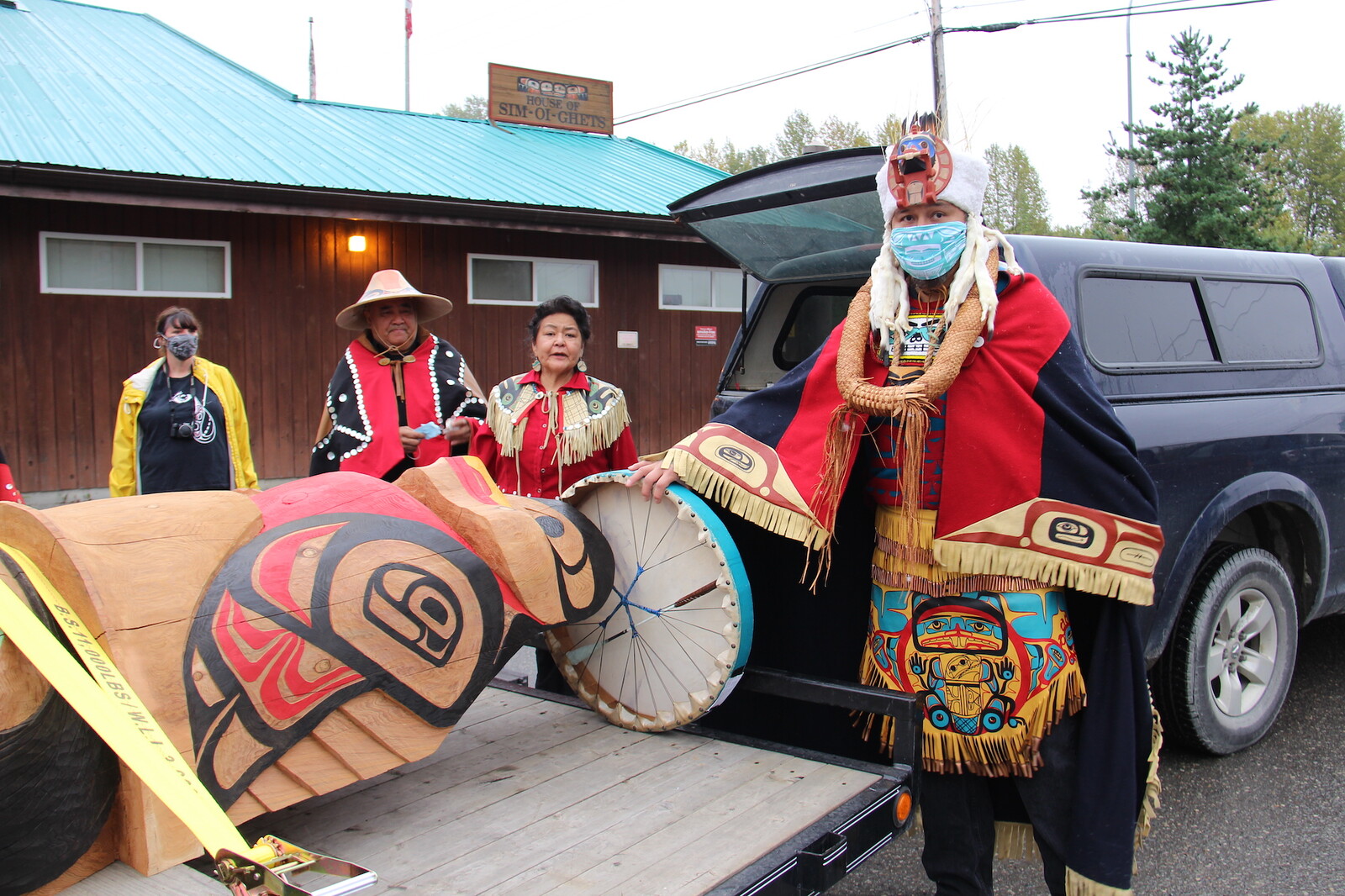Within the last decade, fueled by global marketing campaigns and health trends, the coconut and its primary derivatives—oil, butter, milk, sugar, water—have become staples on grocery food shelves. In online lifestyle blogs, with titles like “9 Coconut Oil Uses for Around the House” and “9 Reasons to Keep Coconut Oil In your Bathroom,” new domestic rituals have expanded coconut products from the kitchen to the larger household. Even within the bowels of urban sewage treatment systems, the global demand for coconut-derived activated carbon as a high-performance filter is keeping pace with the coconut superfood market at growth rates above 10% each year.1
For today’s coconut-producing territories, spanning twenty-six degrees above and below the equator, such rapid growth rates represent a relatively short-lived productive phase within a landscape of continued nutrient extraction and cumulative depletion since the early twentieth century.2 However, much of contemporary economic activity and consumer activism in the coconut industry is guided by the illusion that its crowning designation of “super” material status represents a reliable economic boom just getting started rather than a signal of a cyclical agricultural crisis. This capitalist phenomenon, defined by the geographer David Harvey as a “spatial fix,” remains important in identifying reinforcing drivers of the historic extraction cycle.3 The danger of overlooking such umbilical attachments between changing contexts of production and consumption has led to the undermining of collaborative systems of environmental repair and persistent innovation in the face of the economic volatility inherent in capitalist markets.
Arguably, the nature of the coconut fruit’s growth and harvest resulting in passive farming systems, was as potent in the perpetuation of its colonial systems of extraction as it was in its defense from those very systems. Much like many other coconut producing territories, Ghana’s coconut industry is based on historical paradigms of operation developed over the last three centuries, characterized by the spatial distancing of coconut plantation labor systems in the tropics from colonial science research enterprises in Europe and the United States.4 While this geographical bifurcation of low-value raw material extraction in the tropics and high-value product development in industrial nations was pervasive in most agricultural commodity chains, the lifecycle of the coconut palm tree was unique in both delaying and displacing the local impacts of continued extraction.
Unlike seasonal agricultural commodities like sugar and cotton, which require intensive labor and machinery, the slow growth of the coconut tree—over six to ten years—coupled with the fact that the coconut fruit can be harvested naturally by gravity renders systems of labor on the coconut farm comparatively invisible. Moreover, the predominance of small-scale farming—which comprises the majority of coconut farming in Ghana—and the regenerative practices of cash crop farming under the coconut tree canopy also meant that coconut farming was largely distributed and diluted.5 In comparison to large commercial plantation farming dominated by dense monoculture systems, coconut farming occurs on farms less than an acre in scale and highly integrated with mixed cropping and livestock farming systems.6 In the wake of renewed interest in coconut commercial farming and value chain innovation in Ghana, new models of coconut production should recognize such properties of existing systems as assets of defense against patterns of capitalist extraction.7
Evaluating the underbelly of coconut export economies, in particular its ubiquitous generation of low-value waste or “unusable” surplus, offers new frontiers for relationship building between research and production enterprises. Similar to the scale of annual waste generation observed in global agricultural value chains, ranging between ten to fifty billion tons of dry material, the large quantities of husk waste which forms seventy percent of every coconut epitomizes the growing problems and opportunities of low-value surplus economies.8 For one, existing surplus remains largely within the domestic region, lengthening the residency and impacts of value circulation among local stakeholders and production landscapes. Secondly, the highly distributed and variable nature of coconut husk wastes necessitates the collapse of distance, and consequent unalienation of its research and production infrastructure stakeholders.
Beginning in 2011, I have investigated the upcycling of coconut husk waste in Ghana for high-value building material applications. By virtue of geography, coconut farming in Ghana’s Western and Eastern regions presents different networks of capital transformation, storage, and circulation. In the coastal communities of Tikobo, for instance, the long-standing seasonal practices of coastal communities that oscillated between fishing and farming on the land have informed the cultural foundation for dense, centralized farming of mature coconut derivatives that could withstand longer periods of storage. In contrast, due to their proximity to the capital city of Accra, farming in the Eastern region primarily for the water of young coconuts occurred on distributed small-scale farms. The following diary entries aim to foreground such integrated systems of repair and surplus transformation within on-the-ground coconut farming operations.
Tikobo No. 1, Jomoro District, Western Region, Ghana, January 10, 2016
It’s a quiet Saturday morning in Tikobo No.1, in Ghana’s Western region. I am in the heart of Ghana’s coconut commercial capital, where sixty percent of the country’s coconuts are produced. Driving out of the now defunct Wienco coconut factory, one of the largest coconut export enterprises in recent decades, it is hard to believe from the unending rows of coconut trees that line the roads that a vibrant coconut economy was not thriving. The surrounding tropical landscape was no longer an ecosystem of palms brimming with fresh coconuts, but of a dying landscape, many close to a century old. The Coconut Boom prior to the 1960s was long gone. But along the way, this land, and the coconut trees that gripped it, had seen their fair share of battles. The Cape Saint Paul Wilt disease had run swiftly and effectively from 1960 into the 1980s through plantations, decapitating the crowning glory of coconut palms.9 From time to time, one can still spot the trunk remnants of these trees, balding and skinny in the landscape.


White piles of coconut copra. Photo by Mae-ling Lokko.
As we drive past populous farms of elderly coconut trees without a single farmer in sight, I eventually catch a glimpse of a busy roadside operation around a pile of dehusked coconuts. Parking to observe the event, I see a group of people working urgently around a loud machine. With the loud sound of a motor in the background, a man was gathering heaps of fleshy dried coconut meat, termed “copra,” in a large bowl and feeding it to a mechanical shredder. Small shreds of copra were spurted out at the end and fed back into the machine again. From dust-like piles of fresh copra, a woman scooped a basin-full of white fluff and dumped it in a woven basket meters away. Others subsequently grabbed woven baskets filled with copra and proceeded to soak and drain it repeatedly with water. All around them were large blue barrels, which I assumed contained barrels of copra-derived coconut oil.


Coconut copra processing. Photo by Mae-ling Lokko.
Barely another few meters away was the unmistakable smell and sound of pigs. Piggery, as my guide informed me, had a long-standing symbiotic relationship with coconut copra processing. Animal rearers depend on chaff, a nutritious by-product of coconut copra processing, for feeding pigs. Since pig farmers could often not afford to pay for chaff, they provide labor services to copra processors in exchange for it. Supported by this animal feed system, the fully grown pigs are eventually sold to domestic buyers in nearby towns. Recently, in response to the growing number of Chinese miners in the area, the market for healthy coconut-fed pigs was growing. In light of decreasing demand for local coconut oil on the Ghanaian market, due to the rise in more attractively packaged brands of imported vegetable oil, both the exchange of labor for by-products of coconut copra production and the expanding demand for pork constitute a form of economic value chain resiliency.10 As we chatted, a large truck pulled up and women loaded the remaining dehusked coconuts onto the truck in sacks. I am told these trucks were going to Lagos.
Asamankese, Eastern Region, Ghana, January 16, 2016
I’m sitting in a rented Mitsubishi Pajero with Kofi Nyaho, the coconut seller who I have bought coconut water from consistently for over a couple of years.11 Buying coconut water from him regularly had developed into a casual friendship and an easy transparency in discussing his coconut selling and disposal operations in one of Accra’s busiest neighborhoods. Over the years, Mr. Nyaho had let me tag along to meet the other traders who sourced their coconuts from him. By simply observing the type of sales setup they had, one could easily tell the old-timers apart from the new coconut traders. Newcomers typically used smaller wheelbarrows that carried no more than fifteen or twenty coconuts, while old-timers typically had stationary kiosks where reserves of coconut piles could be stacked for a week or more. Mobile carts of all sizes in between and close to the stationary kiosk often reflected a hierarchy of relationships. I had met Mr. Nyaho’s cousin just a week before, who arrived in a midsize truck carrying hundreds of coconuts to various drop-off points in the city run by a tight-knit community of relatives and friends.
We are driving to Mr. Nyaho’s home village in Asamankese, in the Eastern Region of Ghana, barely an hour and a half away from Accra. Here, families grow coconut palm trees on relatively small-scale farms of two to three acres. Kofi tells me he comes home once a month to check on things and organize coconut deliveries. We head straight to the chief’s house to introduce ourselves and get his blessing to move around plots of land where people are farming coconuts. On our way out to the farm, we stop by Kofi’s aunt’s shop, where she sells domestic goods. A few young women are out front, sorting through and shredding coconut palm leaves into thin fibers to use for making brooms. They had just been to the farm we were going to, harvesting fallen or slightly aged coconut palm leaves.
The “coconut farm” is more like a quiet forest, with lots of shorter coconut palms and crops growing under the shade of randomly spaced tall ones. I could see markings on each of the trunks, which was probably a way to track harvesting periods. Wearing a deep-maroon T-shirt with the Virginia Tech logo, the farmer himself comes out to meet us, holding a coconut seedling that he is just about to plant. He tells us this is the “non-agric” coconut, the native tall coconut that was rapidly being replaced with a hybrid coconut that had demonstrated resistance to the Cape Saint Paul Wilt disease out west. As we are leaving the farm, having drunk water from a few freshly cut coconuts, we see a few men loading green coconuts onto mid-sized trucks heading to Accra. The spatial generosity observed below coconut tree plantations and its shaded canopy microclimate also meant that intercropping, the seasonal growing of cash crops by a wider range of farmers, could occur.
It strikes me how heavy and randomly-shaped these water-filled coconuts are. Having roamed the city of Accra with Mr. Nyaho and his team, the problems associated with their distribution all stem from their weight—from loading trucks onto mobile carts and eventual disposal. Two nights before, Kofi and I had been with a larger group of coconut traders watching large piles of coconut burn over an acre of vacant, prime property in the city. Due to their high bulk density, dumping coconut husks in municipal waste bins had been rendered illegal by the government. Difficulties in the disposal of coconut husks had activated new strategies of reading and operating in the city. Stationary sales points for coconut husk wastes were strategically located near largely vacant urban properties or lots, where open-air combustion at night offered a temporary solution to their husk by-products.
Ecofibers Factory, Tema, Ghana, February 2, 2016
I am waiting for Ali Achilles to fix the pressure gauge we had just bought from another company somewhere in the industrial municipality of Ashiaman. Mr. Achilles is the owner of the coconut processing factory Ecofibers, where I had been doing research on the development of “binderless” coconut boards from Ghanaian coconuts. Based on a pioneering study in the Philippines in 2005, flat coconut boards could be made by thermally pressing the husk’s primary fibers and pith components under lower temperatures and pressures than plywood industries.12 Until he fixes it, and I can actually control the exact amount of pressure being applied to the layered fiber and pith sheets, the experiments could not begin. But I am not worried about whether Mr. Achilles could eventually make it work: after all, we are surrounded by machines of all sizes—milling machines, mechanical sieves, compression block machines, and a hydraulic press—that he had himself designed over the years. Having spent a few years working in maintenance at a Fiat automotive assembly plant in Italy, Ali had developed a shrewd skill for resourcefulness and mechanical innovation. Sourcing working components of decommissioned machinery in the district, Ali had custom built almost every piece of equipment needed to process tough coconut husks. He had just shown me just the day before, as we waited for the electricity to be restored, drawings of a block compression machine he had sent to a Chinese company to build.
In the midst of waiting, and to mostly avoid the sparks coming off his welding operation, I go over to join the other employees in the open-shed factory. Most of them are women from the North of Ghana, where Mr. Achilles is from; others are young recruits from the neighborhood who have found a steady job at the husk factory. Speaking in Hausa, the women are sieving the coconut pith, a dust-like substance contained between the husk fibers, collecting finer pith particles into large plastic buckets. Over the years, Mr. Achilles had experimentally designed his own mixtures of different grade pith and fibers for different horticultural and hydroponic applications, and had become a source for high quality soil media from reliable customers. I can barely hear what they are saying before a motor starts to hum and the screeching sound of metal blades, working at hundreds of revolutions per minute, begin to come into contact with dried coconut husks, tearing its fibrous matrix apart. I watch the twenty-foot milling machine begin to spit out long coconut fibers on one end, and piles of brown pith dust the other. Barely ten minutes into the milling operation, when a sizable pile of fresh fibers begin to form on the ground, everything including Mr. Achilles’s welding operation comes to a silencing halt. For the third time that afternoon, there’s a power cut.
In contrast to the historical alienation of the nineteenth century colonial sciences research enterprise from communities of production and its focus on the coconut’s colonization across a range of soil conditions, the contemporary waste economy at Ecofibers leverages agrowaste physical chemistry towards environmental and soil-technology restoration applications. In the wake of capitalist boom-and-bust cycles, the active creation of such market opportunities as synergistic with returning value back to its primary producing mechanisms is critical. More importantly, as the boundaries delineating contexts of production and consumption erode within the domestic and global coconut economy, accelerating the development of shock-absorbing assets of such ecosystems that underpin versatility is increasingly important. Just as twentieth century industrial research in America facilitated the “shape-shifting” of the coconut’s active ingredients from soap to margarine and household cleaning product applications, Ghana’s coconut food by-product economy leverages various transformation pathways and market opportunities beyond the agriculture and food sectors.
Leveraging “unused” surplus relies widely on strong mutualistic familial and community relationships to ensure the matching of labor and timed resource transformations to changes in market opportunities. On the horizon, comparative market opportunities in the building sector, ranging from medium-density coconut fiber boards to acoustic panels, offer the potential to significantly multiply economic returns from husk transformation.13 In striking a delicate balance between value extraction mechanisms that outpace value restoration to production economies, engaging the defensive vein of such economies offers a cogent counterculture.
Shankar Bhandalkar & Roshan Deshmukh, Coconut Products Market by Type, Application and Form: Global Opportunity Analysis and Industry Forecast 2019–2026 (Pune: Allied Market Research, 2019).
Philip Jan Cerepak, “Establishing the Intimate Link: 20th Century Tropical Agriculture and the Establishment of the Coconut Zone,” Journal of Maritime Studies and National Integration 4, no. 1 (2020): 7.
David Harvey, “Globalization and the ‘Spatial Fix,’” Geographische Revue: Zeitschrift für Literatur und Diskussion 3, no. 2 (2001): 24–25.
Cerepak, “Establishing the Intimate Link,” 3.
See: Stella Ama Ennin et al., “Food crop intercropping alternatives for replanting coconut farms destroyed by lethal yellowing disease,” Journal of Food, Agriculture & Environment 7, nos. 3–4 (2009): 582–587; Everest Amponsah, “The Vulnerability of Small-Scale Farmers in the Value Chain of Agricultural Commodities: A Case Study of Coconut Chain in Ghana” (Master’s thesis, Erasmus University, 2010), 17–18.
Amponsah, “The Vulnerability of Small-Scale Farmers in the Value Chain of Agricultural Commodities,” 67.
Lord Kweku Sekyi, “Young People Venturing Into Coconut Business Good For Economy,” Modern Ghana, September 20, 2020, ➝.
Laura Manjarrez Nevárez et al., “Biopolymers-based nanocomposites: Membranes from propionated lignin and cellulose for water purification,” Carbohydrate Polymers 86, no. 2 (2011): 732.
Joe Nkansah-Poku et al., “The history and epidemiology of Cape St Paul wilt disease of coconut in Ghana,” Journal of the Ghana Science Association 1, no. 2 (1999): 32–42.
Coastal Resources Center/Friends of the Nation, Report on Characterization of Coastal Communities and Shoreline Environments in the Western Region of Ghana: Integrated Coastal and Fisheries Governance Initiative for the Western Region of Ghana (Kingston: University of Rhode Island Coastal Resources Center, 2010), 244.
Name has been changed to protect coconut trader’s identity.
Martin Snijder et al., Coir Based Building and Packaging Materials: Final Report of Project CFC/FIGHF/11 (Wageningen: Wageningen UR, Agrotechnology & Food Innovations, 2006).
See: Mae-ling Lokko et al., “Development of Affordable Building Materials Using Agricultural Waste By-Products and Emerging Pith, Soy and Mycelium Biobinders,” in 32nd International Conference on Passive and Low Energy Architecture Proceedings, eds. Pablo La Roche and Marc Schiler (Los Angeles: PLEA, 2016), 884–886; Jan E.G. van Dam et al., “Production process for high density high performance binderless boards from whole coconut husk,” Industrial Crops and Products 20, no. 1 (2004): 98–99.
Survivance is a collaboration between the Solomon R. Guggenheim Museum and e-flux Architecture.













































